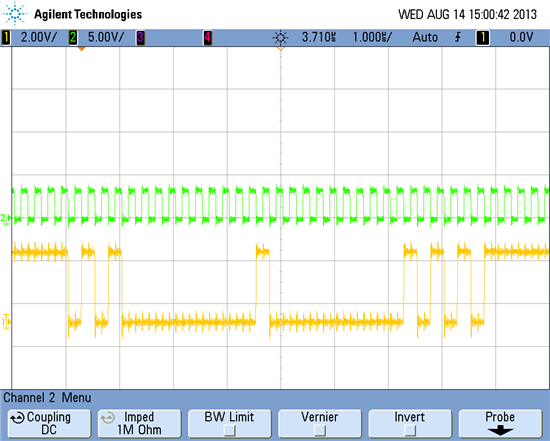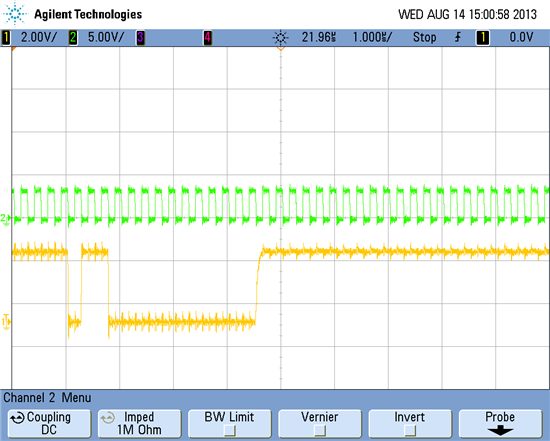Dear sir, please answer
There is Figure 11 (10/100 Mb/s Twisted Pair Interface) in datasheet.
Please, help me to identify pins of DP83630 in this figure.
I guess it must be so:
TPRDM - "RD-" - pin 13
TDRDP - "RD+ -pin 14
TPTDM - "TD-" - pin 16
TPTDP - TD+ - pin 17
TIA
Vladimir Naumenkov
www.agat.by



